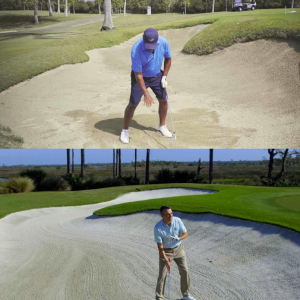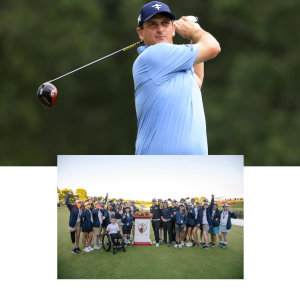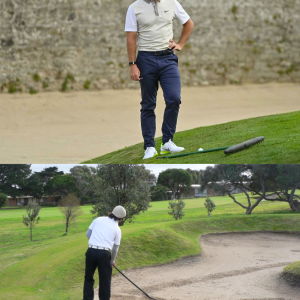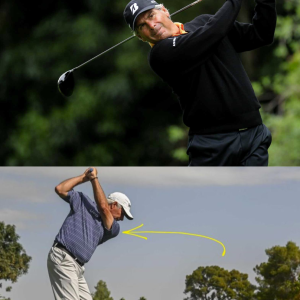Some 50 years ago, long before he worked for the likes of Curtis Strange, Greg Norman and Payne Stewart, Mike Hicks landed his first job as a caddie, carrying for a local pastor at his hometown club in North Carolina. Hicks was 12. His pay was $5 per loop.
In those days, caddying barely counted as a viable career. With rare exceptions, it was looked at as a stopgap for those lacking better options, or a summer gig for the Danny Noonans of the world. Hicks didn’t see it as a way to make a living.
“I never even entertained the idea,” he says.
In 1980, though, as an undergraduate at North Carolina State, Hicks was considering taking a semester off when a friend who caddied for the Tour pro J.C. Snead encouraged him to join him in California and tag along on the West Coast swing.
“He said, ‘You can work the pro-ams, and some Monday qualifiers. You’ll get by,’” Hicks says.

Hicks left home with $140 and returned eight weeks later having had a blast and doubled his money. He was 19. There was no looking back.
For Hicks, it was the start of a decades-long run as a respected Tour looper (an image of Hicks leaping into Stewart’s arms after his boss clinched the ’99 U.S. Open is part of the game’s iconography). He is 63 now, recently retired from the circuit. And the trade he practiced has been fully transformed.
Mike Hicks celebrates with Payne Stewart at the 1999 U.S. Open.
In 1999, Hicks was part of one of golf’s most famous player-caddie celebrations. Getty Images
Caddying these days does more than pay the bills. At high-end clubs and resorts, loopers routinely earn six-figure incomes. Caddies for top Tour pros are multimillionaires. The job has been professionalized. What’s often missing, though, is formalized professional training.
That’s something Hicks is trying to change.
A founding member of the Tour Caddie Collective, a network devoted to developing the next generation of caddies, Hicks has teamed up with his fellow Tour loopers Grant Berry and Heath Holt to launch the Professional Caddie Certification Program. Operated in conjunction with North Carolina State University’s Office of Professional Development, the program aims to offer 18 participants seven days and one night of intensive instruction covering every aspect of the job. The inaugural session starts Dec. 1.
“We’re going to be getting into all the nuances,” Hicks says.
In the cliche construction, caddying has three basic requirements: Show up, keep up and shut up.
That no longer applies.
For starters, Hicks says, “It’s the opposite of ‘shut up.” At elite levels, anyway, most players expect open communication, a point underscored every time the TV networks eavesdrop on Michael Greller and Jordan Spieth. From one partnership to another, and from one shot to the next, a caddie’s role can morph from sidekick to psychologist to bodyguard, and beyond. Quantitative skills are increasingly essential. So is emotional intelligence.





